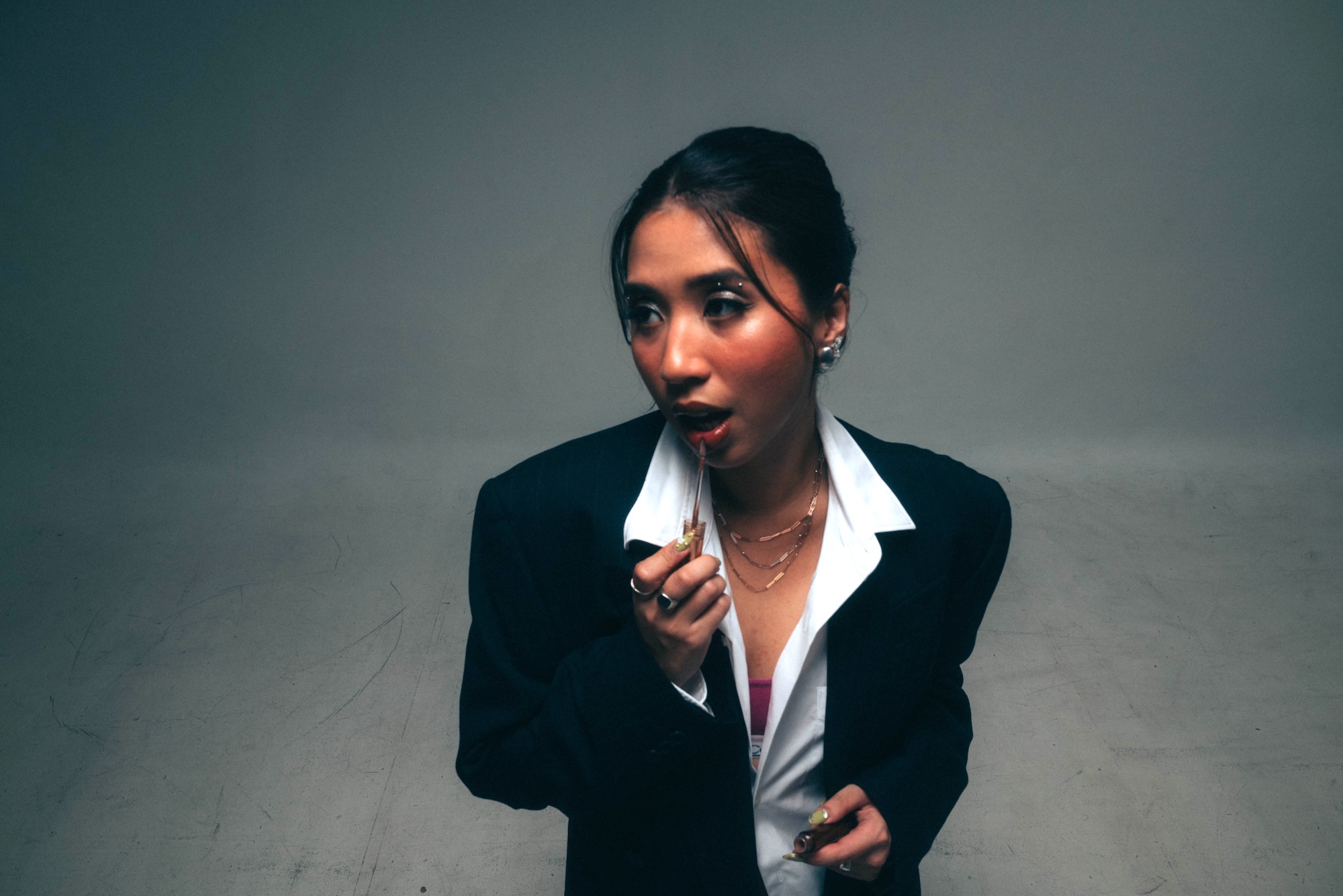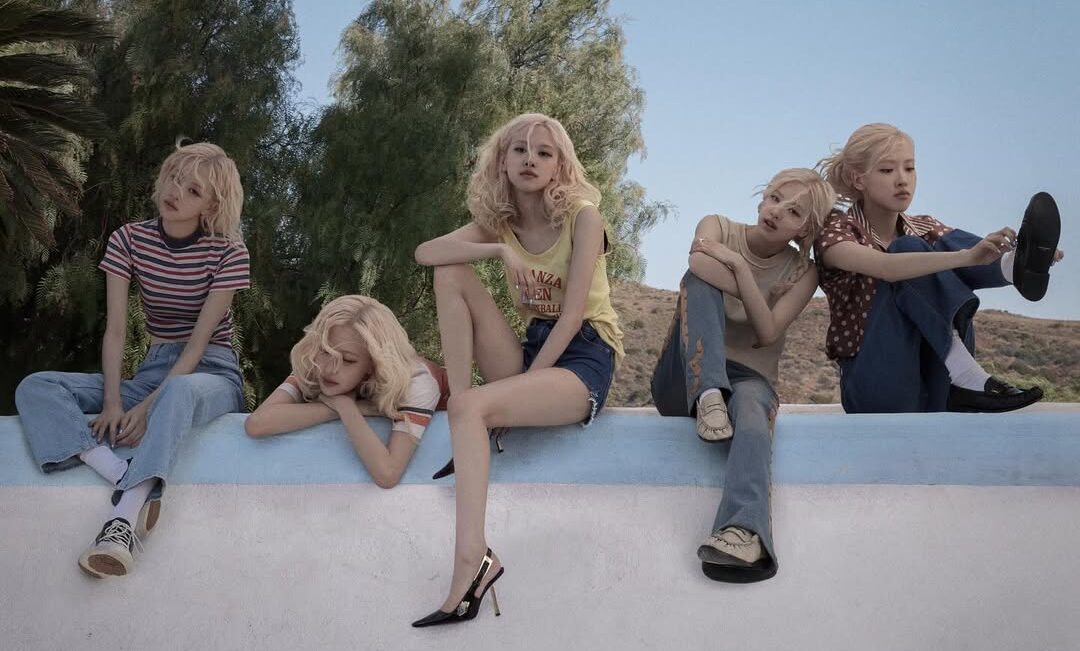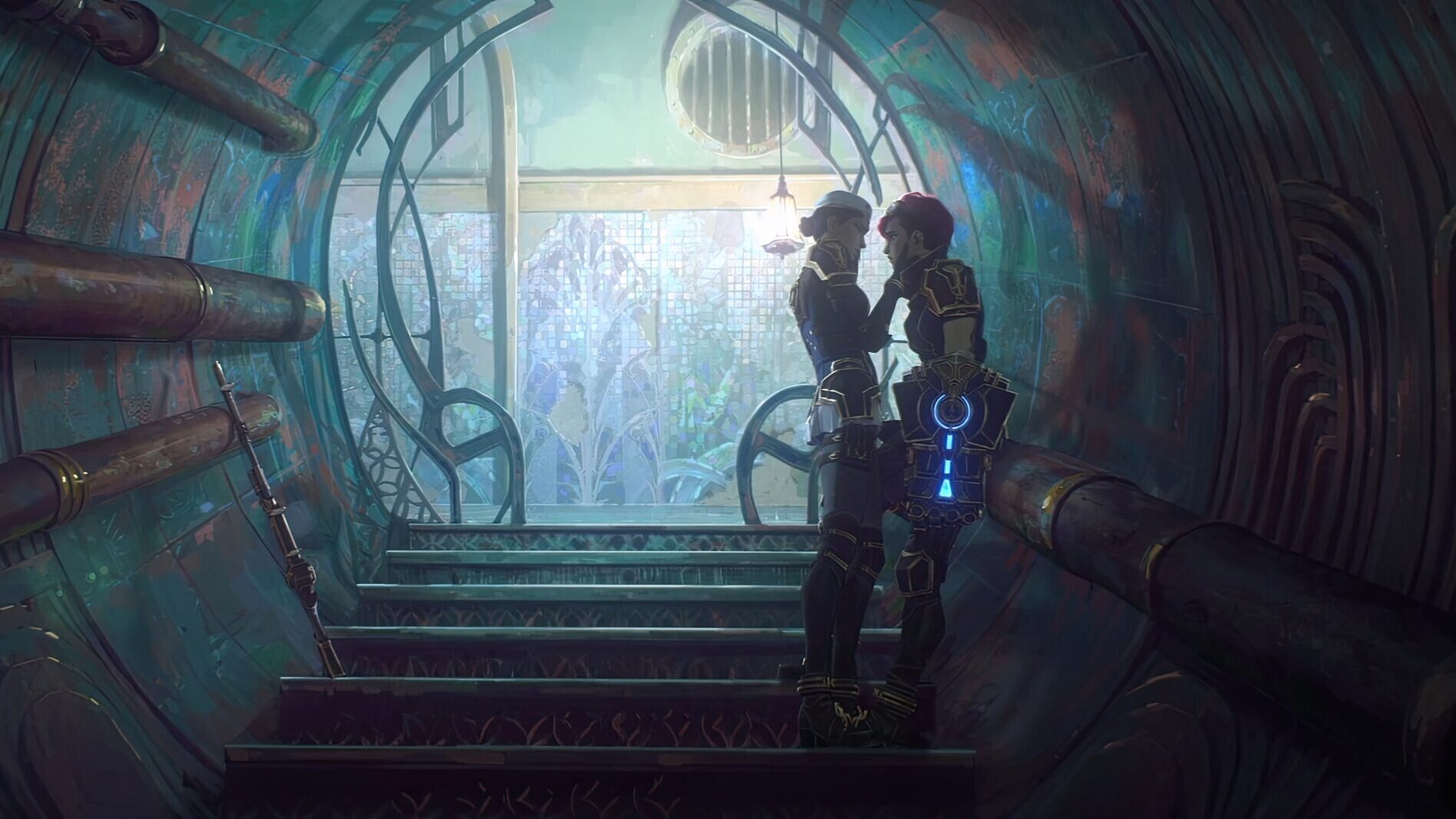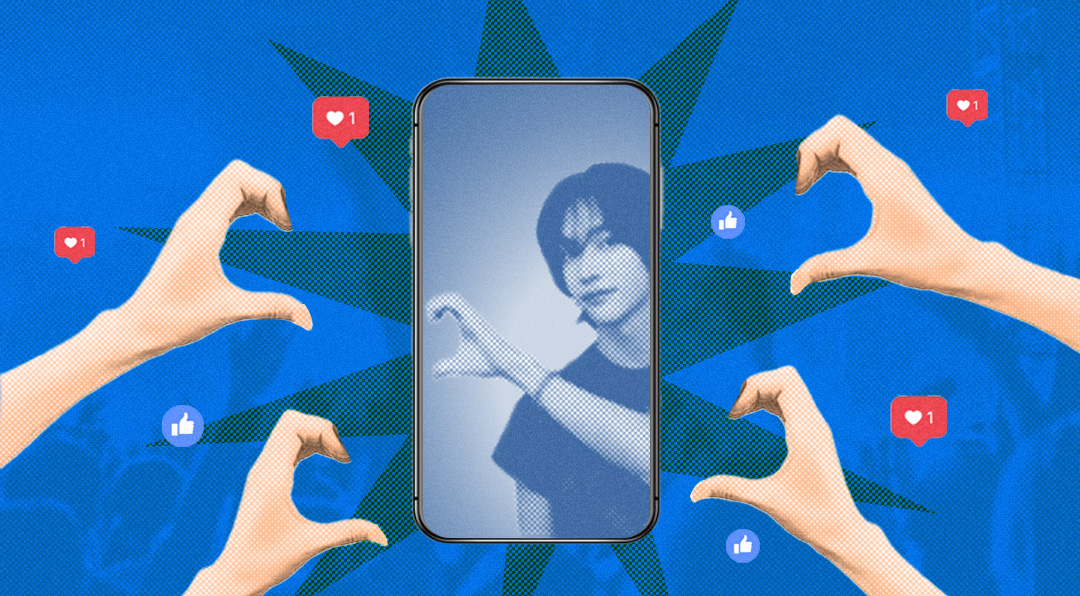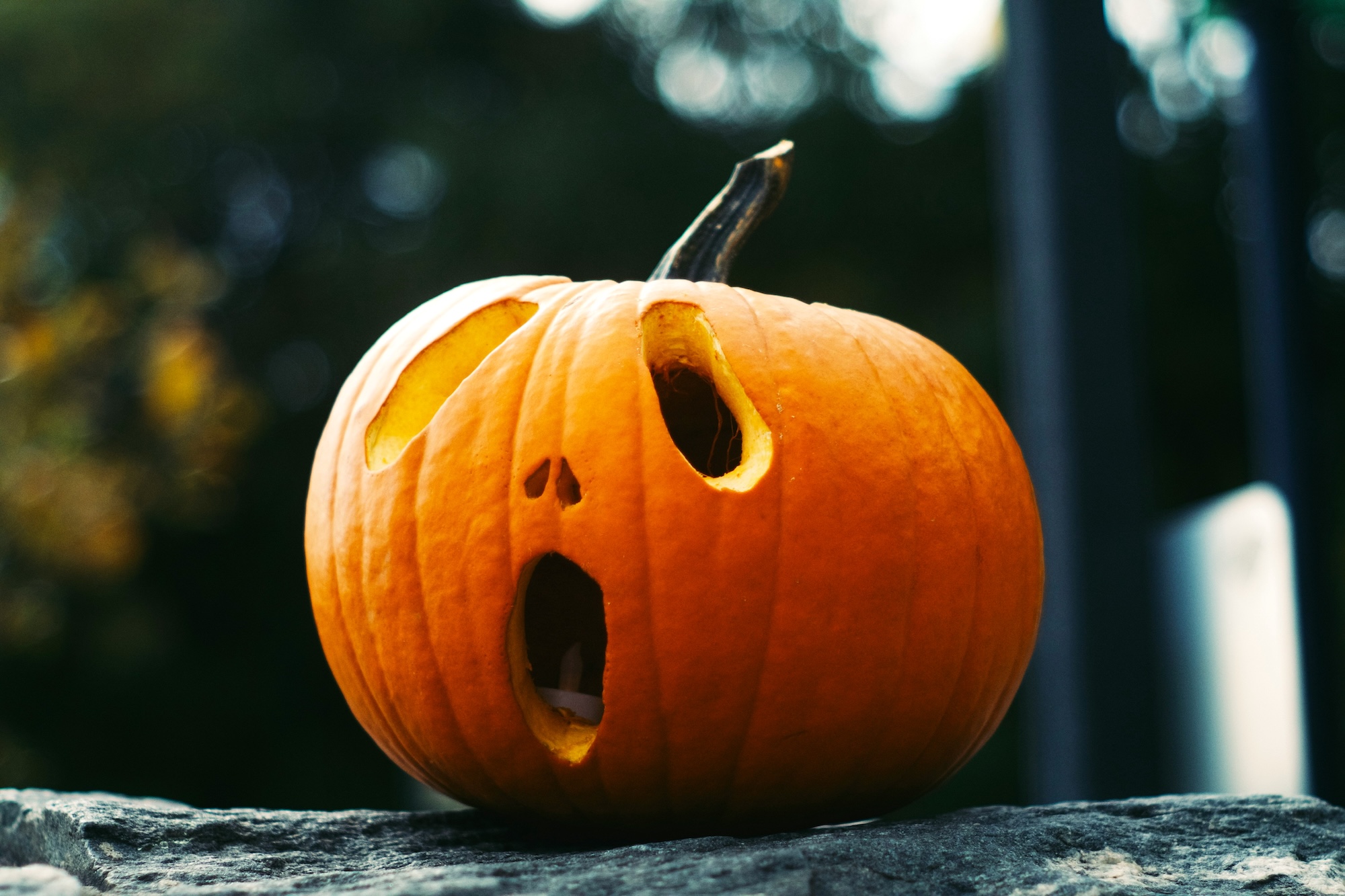Conservatives call urban art vandalism, art critics still debate its validity as an art form, while outsiders like me barely know its whys and hows. People have different opinions about urban art. But why should I rely on their opinions? I can ask the artists themselves.
“Ang mahalaga sa urban art, ‘yung makilala mo yung nasa scene. ‘Kung ‘di ka magmarunong magpaint o ‘di ka magaling, basta alam mo yung eksena na pinapuntahan mo.”
The opportunity presented itself to me in the form of Meeting of Styles, an annual graffiti jam in Manila, where urban art practitioners around the country and across the globe gather.
Armed with my curiosity and limited knowledge of Exit Through The Gift Shop, I hung out with some artists and learned the meaning behind “spraycations,” vandalism’s role in urban art, and how it evolved since they started.
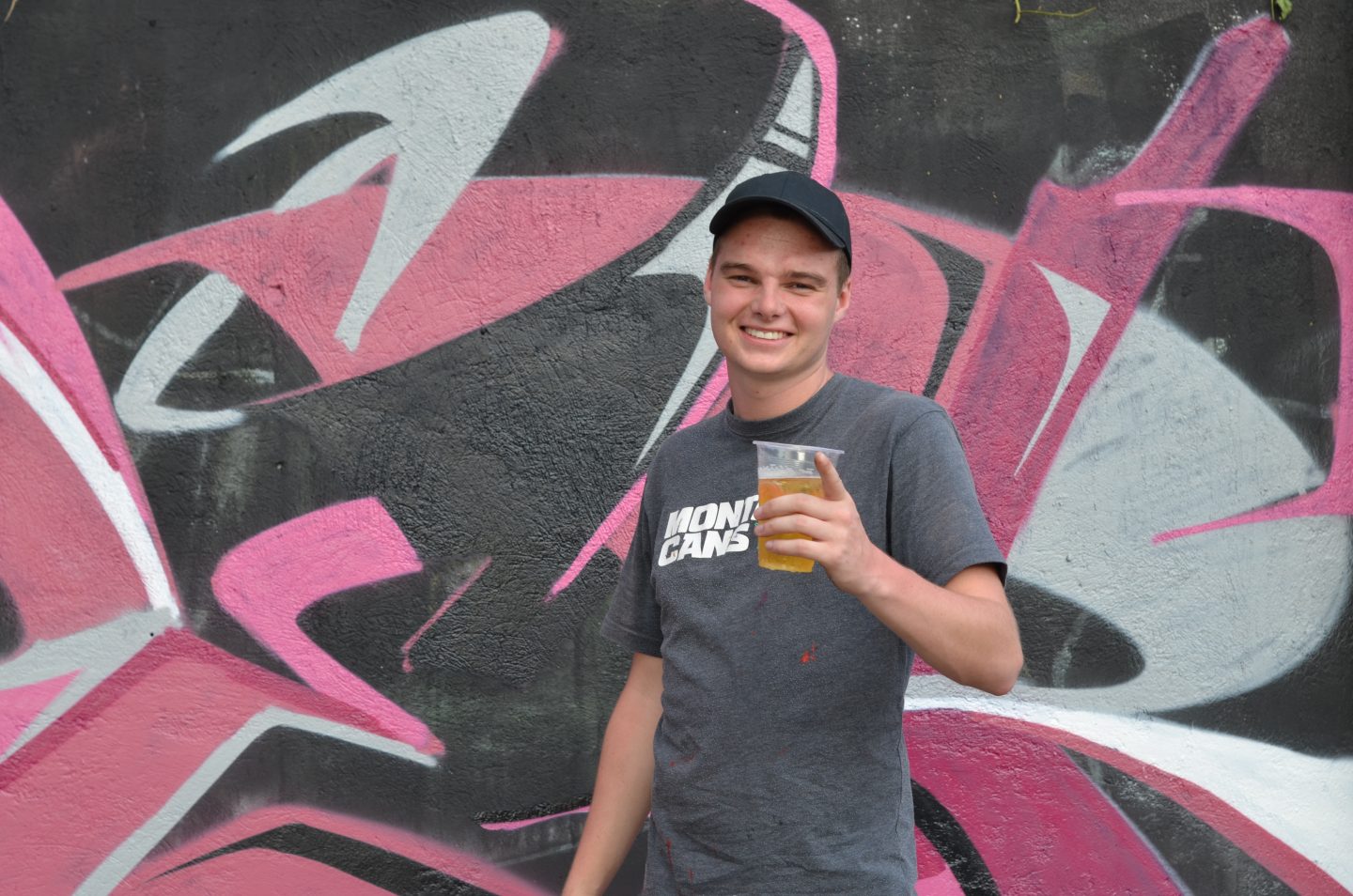
Derbe, graffiti writer
Hailing from Germany, Derbe describes his graffiti writing as “wildstyle.” Urban art for him is a great opportunity to leave a mark on places he visits. He leaves, but the art stays ’til someone paints over it. But for the moment it stays up there, the art is bigger than himself. He paints in Europe and Asia. For this year’s Meeting of Styles, he makes his mark in the Philippines.
Read more: “Queer art is not just a trend or a fad,” says this visual artist
How has traveling changed your view of urban art?
It’s always different. You can see how people painted letters differently and that’s pretty cool. Every single writer has a different style. Your style is like your sign.
What can newbies like me do to learn more about the scene?
Practice, practice, practice. Make friends, lots of friends. Visit festivals like this. And yeah, don’t be scared of police (laughs).
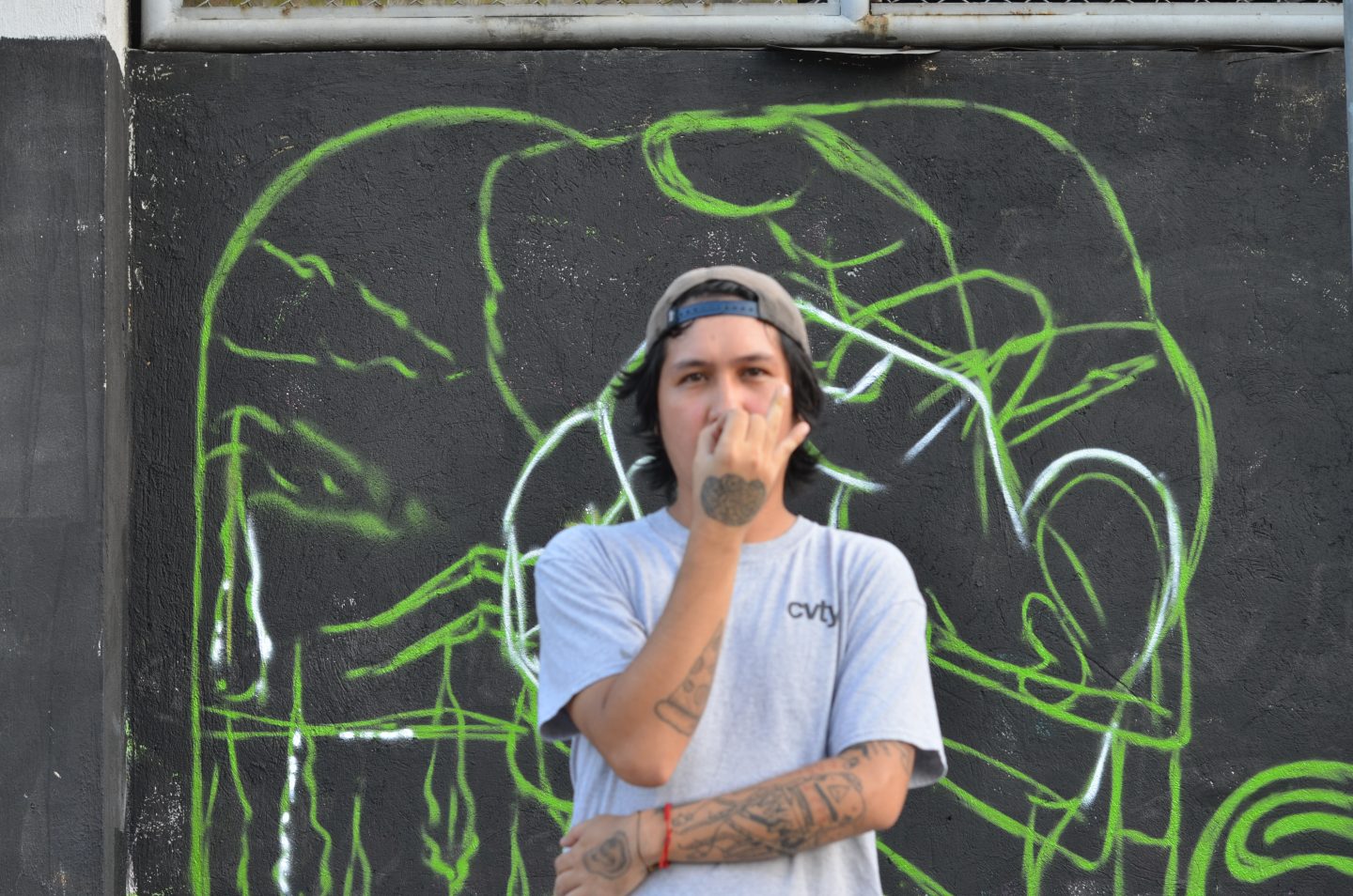
BLIC, urban art practitioner
BLIC is part of Pilipinas Street Plan and Cavity Collective. He is a Caviteño muralist, urban art practitioner, and a creator of “humands.” He painted a “humand” for Meeting of Styles, it has a man’s head with a hand for a body. It’s organic, it’s a bit weird. In essence, it’s all BLIC.
Could you tell us more about your “humands?”
Mostly kasi, ang kamay siya ‘yung powerful tool natin bilang tao, na kayang makapag-manipulate ng environment. Isipin mo ’yung wall patay. Parang ako ’yung “humand,” dahil sa artist hand ko, kaya kong baguhin ang environment.
Naging reminder lang din siya sa akin throughout my experience as an artist. You have the power to create at mag-change ng environment, so parang nag-pop-up na lang ’yung kamay bigla sa isipan ko. Lahat ’to galing sa experience ko sa pag-paint.
https://www.instagram.com/p/Bw3PChKhzeG/
Where did you learn how to paint?
Public space ’yung naging training grounds ko. Doon ako nag-start mag-try ng street art, tapos mula doon, parang nagkaroon na lang ng mga opportunities. Natuto ako mag-paint sa streets talaga. ‘Di naman kasi ako nag-art school.
Ang mahalaga sa urban art, ’yung makilala mo ’yung nasa scene. Kung ’di ka marunong mag-paint o ’di ka magaling, basta alam mo ’yung eksena na pinapinta mo.
Read more: Nobody’s new collection brings back the thrill and chase of street tagging
Can you tell us about the urban art scene in Cavite?
Very confident ako sa Cavite scene kasi maraming hype. Mas proud kami sa Cavite, parang feeling namin kami yung street art capital ng Luzon. Maraming kids na gusto talagang ma-establish ’yung career nila bilang urban art practitioner. Sa Cavity Collective, ’di namin siya tintawag na street art. Urban art. So parang mash-up kasi siya ng graffiti at saka street art. May mga pagkakaiba pa rin kasi ang graffiti sa street art.
“Although may gang tags and gang art, ’yung grafitti and street art nagsimula around 2006, so konti lang talaga yung tao na na–eexpose sa ganito.”
What’s the difference between graffiti and street art?
Ang pinakatotoong essence ng graffiti ay vandalism. Ginagawa nila ‘yun para sa kapwa nila. So ’yung mga graffiti writers, nagsusulat sila ng vandals. Ang street art naman ginawa talaga siya for the public. Ang cause nila, magkaroon ng awareness sa art, o kaya mag-bring ng message.
Why do graffiti jams like these matter?
Malaki ’yung importance nito kasi mabibigyan ng malaking exposure ’yung scene at saka ’yung practice din mismo. Dahil exposed siya, nagkakaaroon din ng mga opportunities para sa mga artist.
Nalalaman din ng mga tao na meron ding ibang klase ng art bukod sa normal portraitures at landscaping. Plus, nagkakaroon din ng education ’yung tao tungkol sa street art at graffiti.
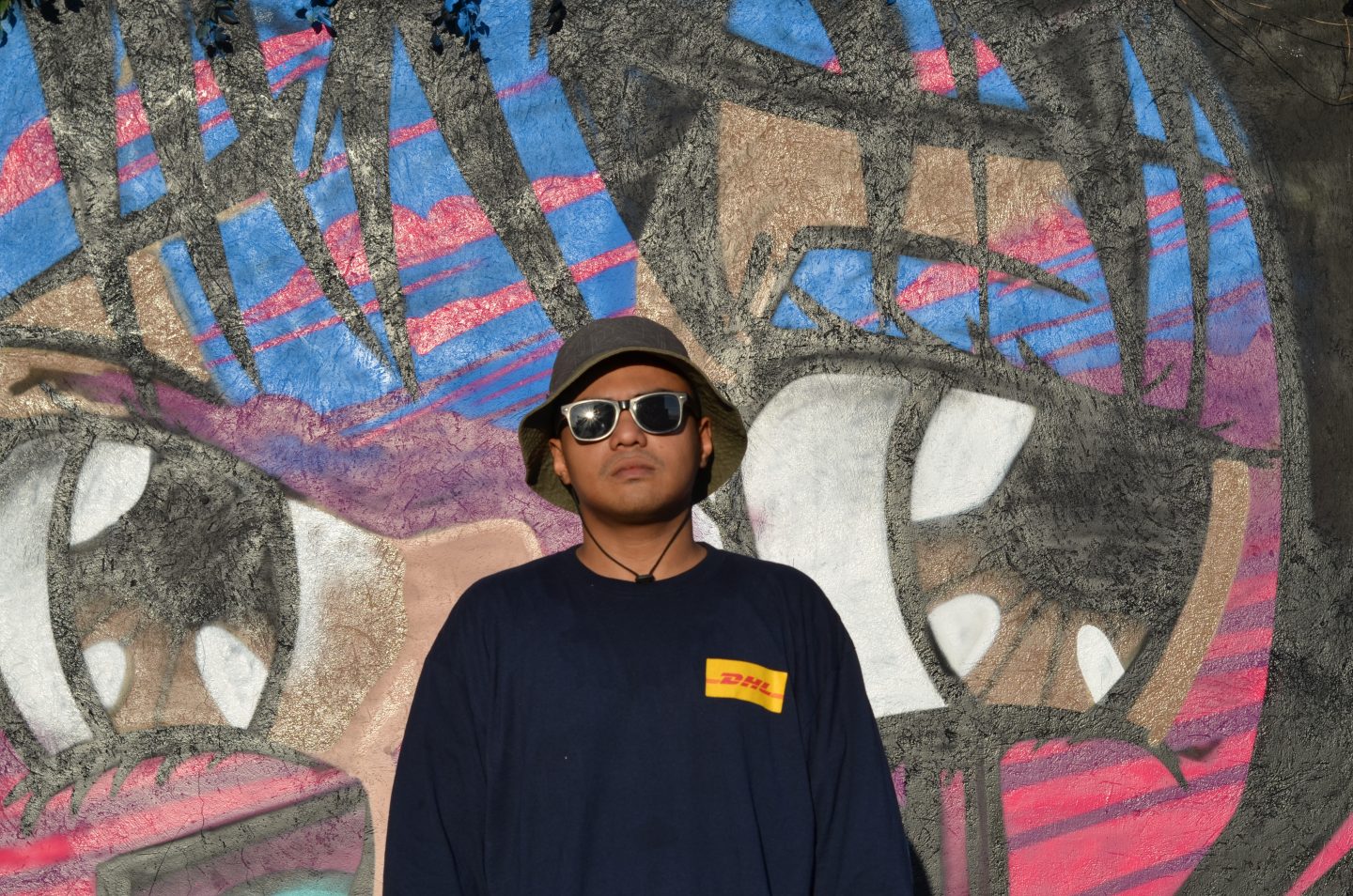
Bato Manila, artist
Since 2008, Bato paints and reps for Pilipinas Street Plan and JKS. His signature style is the least of his worries as he shakes the can.“Kahit anong gusto kong ipinta, pwede kong ipinta,” he tells us while he stands in front of his city pop/anime inspired piece for the event. The way he sees it urban art is a freeform art, as it should be.
How did you start in the urban art scene?
Well ,usually naman sa mga graffiti writers, nag-start sa vandalism, so siguro medyo delinkwente akong bata. Nag-start ako sa sticker bombing, street tagging, at slaps. ’Pag gusto mo kasi yung craft mo, kailangan mag-step up eh. Naisip kong mag-improve, constantly nag-research on new ways, paano ko mapapaganda ”yung techniques na mga ganyan. Kaya ito na ako ngayon.
https://www.instagram.com/p/BwwiNwkhckb/
Do you think the Philippines sees urban art as art?
Bago pa kasi ang urban art sa atin eh. Although may gang tags and gang art, ’yung grafitti and street art nagsimula around 2006, so konti lang talaga ’yung tao na na–e-expose sa ganito.
Ngayon, ang kagandahan kasi maraming mga corporations and brands ang nakikipag-collaborate sa mga artists. Siguro kasi may mga ibang purists din na tingin nila ang graffiti ay para sa streets lang. So tingin nila, hindi nakakatulong ’pag may mga artists na nakikipag-collaborate sa mga brands. Hindi nila nakikita ’yung possibility na progression siya.
Through these collaborations, doon na-e-expose ang urban art sa maraming tao. Nakikita nila na art form ’to. Hindi lang ito kalat o dumi.
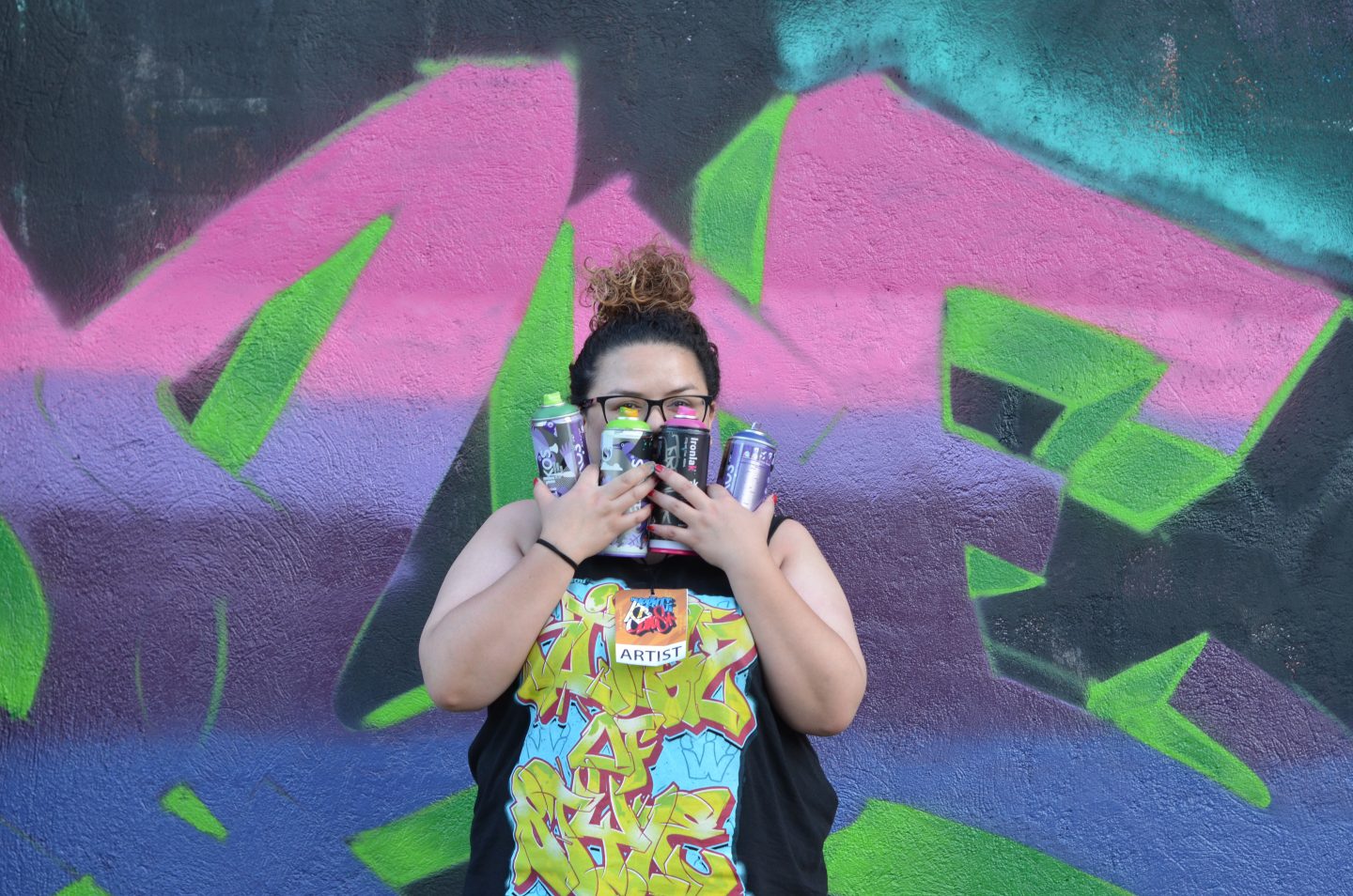
Miss Unique, graffiti writer
Miss Unique is, well, quite unique. Hailing from San Diego, California, this Filipina is a healthcare/account analyst by day, and a graffiti writer by night. She started painting back in 2011 and had her first experience at the “world’s premier graffiti mecca,” 5 Pointz: The Institute of Higher Burnin’.
Without any prior experience, she dived into the world of urban art head first. She’s celebrating her eight year as a graffiti writer this 2019.
How did you get into urban art?
My name. I’ve loved my name since I was a little kid. Any time I saw my name like in a magazine, I used to cut it out and make collages out of it. So graffiti, really pulled me in. I love different letters, fonts, and all the colors. I don’t know how to explain it. It just makes me happy deep down inside.
Anyone that is passionate about urban art has to do it for themselves. I don’t do it to be famous or anything like that. If you have it in your heart to do it, then you should really try. At least, make an effort to try.
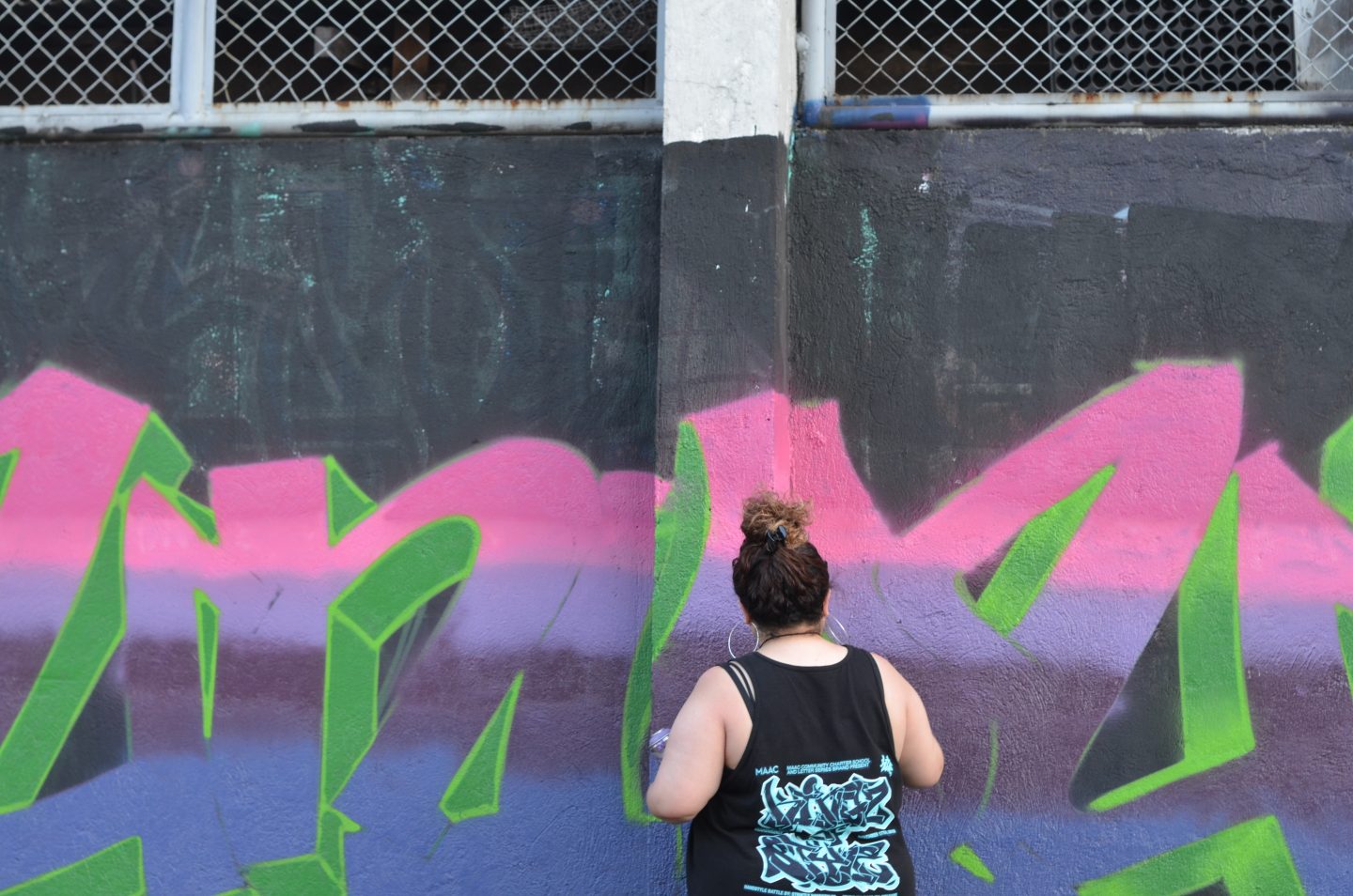
What did you paint on your first wall?
It was not facing the street, so no one could really see it unless you walked into Five Pointz past the wall. As people drive by, you have no idea that I painted there. But I didn’t care ‘cause it was my first time.
My style is a lot cleaner now. It’s hard, but I’ve had really good mentors. I put myself up and started following people from around my city. No one introduced me—I introduced myself. So I totally stepped out of my comfort zone. Completely. I would have never done that in any other case.
“If you have it in your heart to do it, then you should really try. At least, make an effort to try.”
How do you find time to paint while juggling a demanding nine-to-five job?
So I go on “spraycations” with friends. We were the only two females and there are four guys. So we went to London, painted three days in a row. I’m going to another one again. My vacation time is already approved and I just need the money to buy my plane ticket. Hopefully, everything works out!
What was painting 5 Pointz like?
So when Five Pointz was still around in 2011, that’s when I started painting. I sent them a message on Twitter, and I asked them what their opening hours were. I wanted to take pictures of the place. But they misunderstood me, they’re like, “Oh, we’re closed for the season. But if you’re from out of town, you can set up an appointment to paint.“
And I was like, “I don’t have any experience painting.” They said, “Oh, it doesn’t matter. It can be your first time. Or you could’ve been painting for years, but we let anyone paint.”
Photos by Dana Blaze











